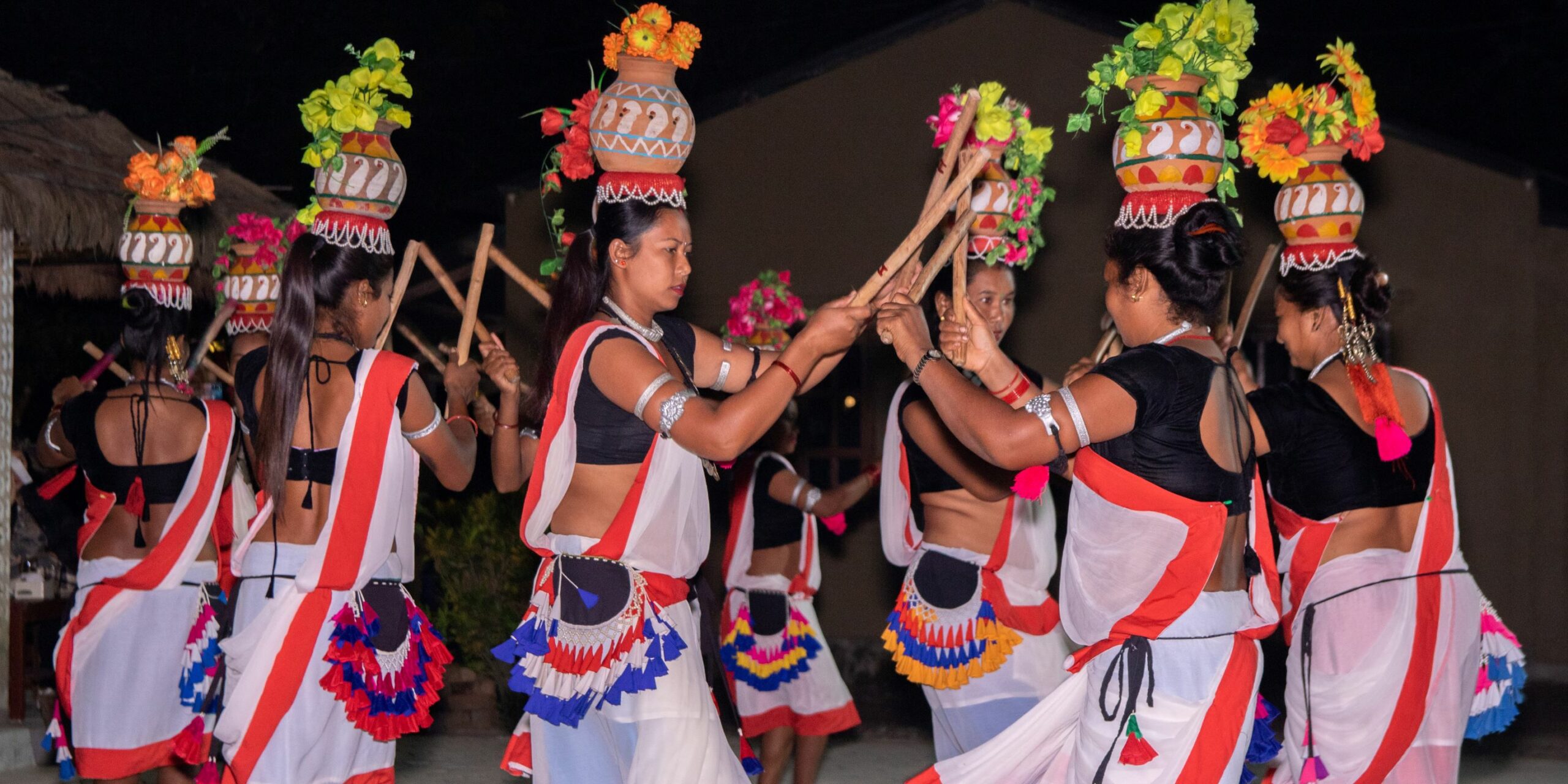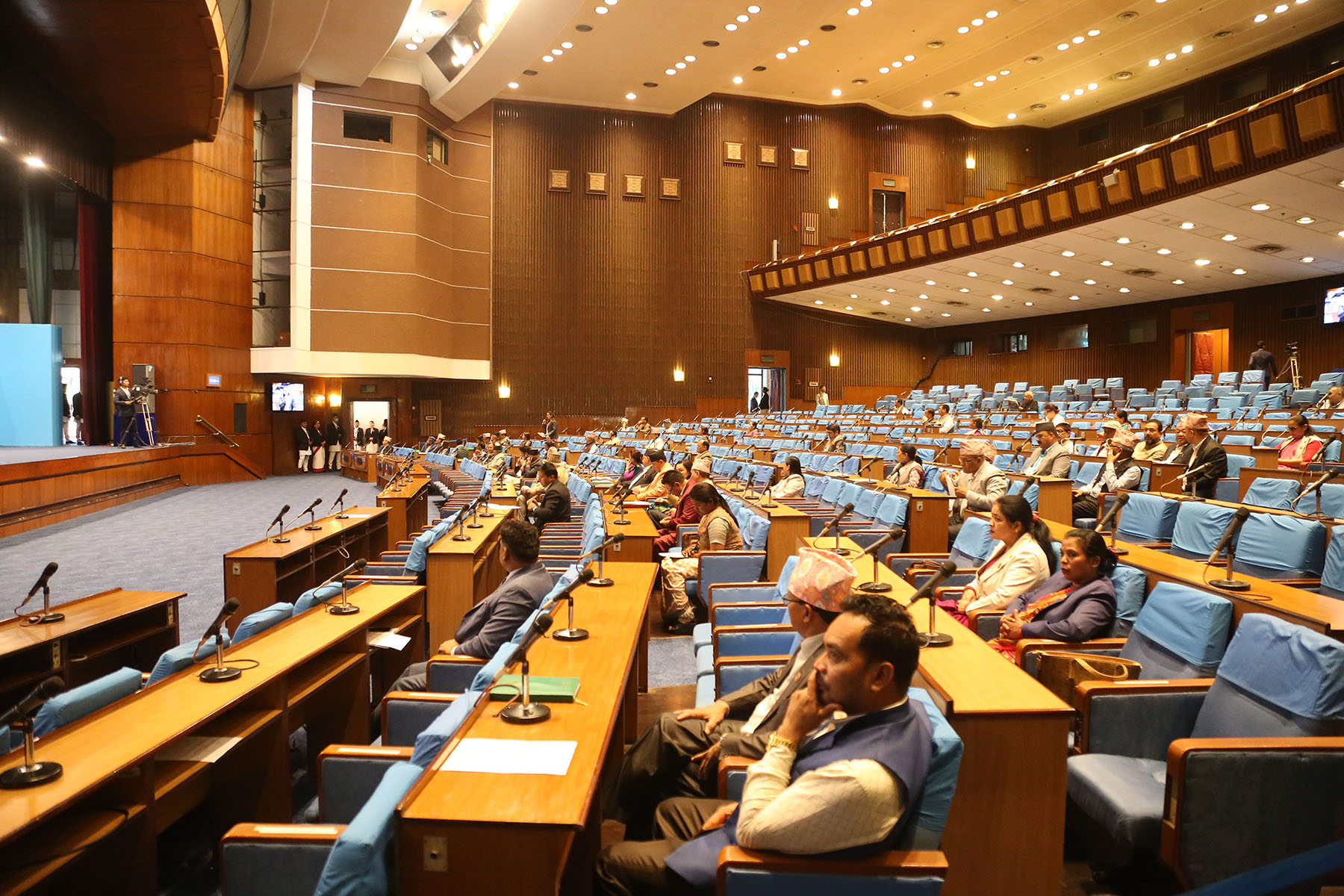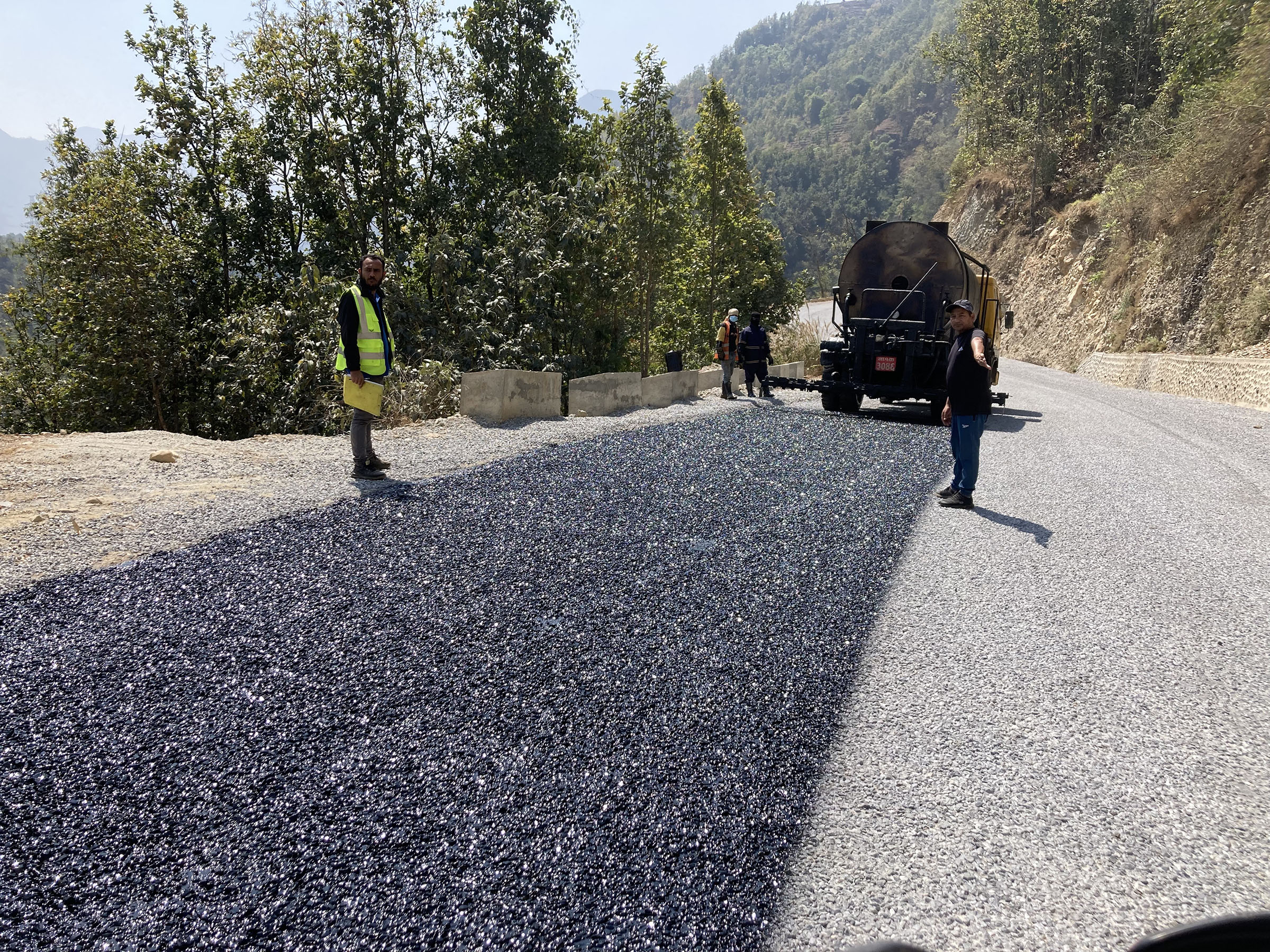Youths step up efforts for preserving traditional Tharu dance
Earlier, the youths of the particular area did not tend to practice and perform Tharu dance.

KATHMANDU: Shyam Chaudhary Tharu, a resident of Tulsipur-12 Rajheni has been performing the Tharu dance clad in a special attire with kasaudi, bhoti and agiya.
Youths, including 25-year-old Chaudhary, now are now in their preparation to perform lunge dance in villages in view of Maghi – the special festival of the indigenous Tharu community.
“We should promote and preserve culture and customs of Tharu community“, he said, adding, “We have come up with further proactive activities this year”.
Earlier, the youths of the particular area did not tend to practice and perform Tharu dance. He said they became active to preserve their traditionally-practiced and performed Tharu special dance when it was gradually disappearing.
Likewise, young girls have also formed their group to continue to perform Tharu dance, shared Ashmita Chaudhary of the same area. “Only elderly people used to show different forms of dance in the past”, she shared, adding, “Now we are also getting active for cultural performance which is the identity marker of the Tharu community”.
From this year onward, they came up with enthusiasm to protect the traditional dance, she added. Though the culture of Tharu community was rich, now it has come on verge of disappearance in lack of practice, she lamented.
Of late, young generation belonging to the Tharu community have come up with activism to preserve their cultural vibes.
All local government units of the district have been organizing special functions on the occasion of Maghi. Dang is the district having the majority of Tharu population.
Tulsipur ward-12 chairperson Khusiram Chaudhary shared that the Maghi special programs are being held in majority of local government units and wards.
Tulsipur alone has 127 Tharu communities. Tharu people have been performing different dances such as jhumra, sakhiya, laththahawa, mungahawa, hurdawa, magahuta and barka as part of their rich cultural heritage.










